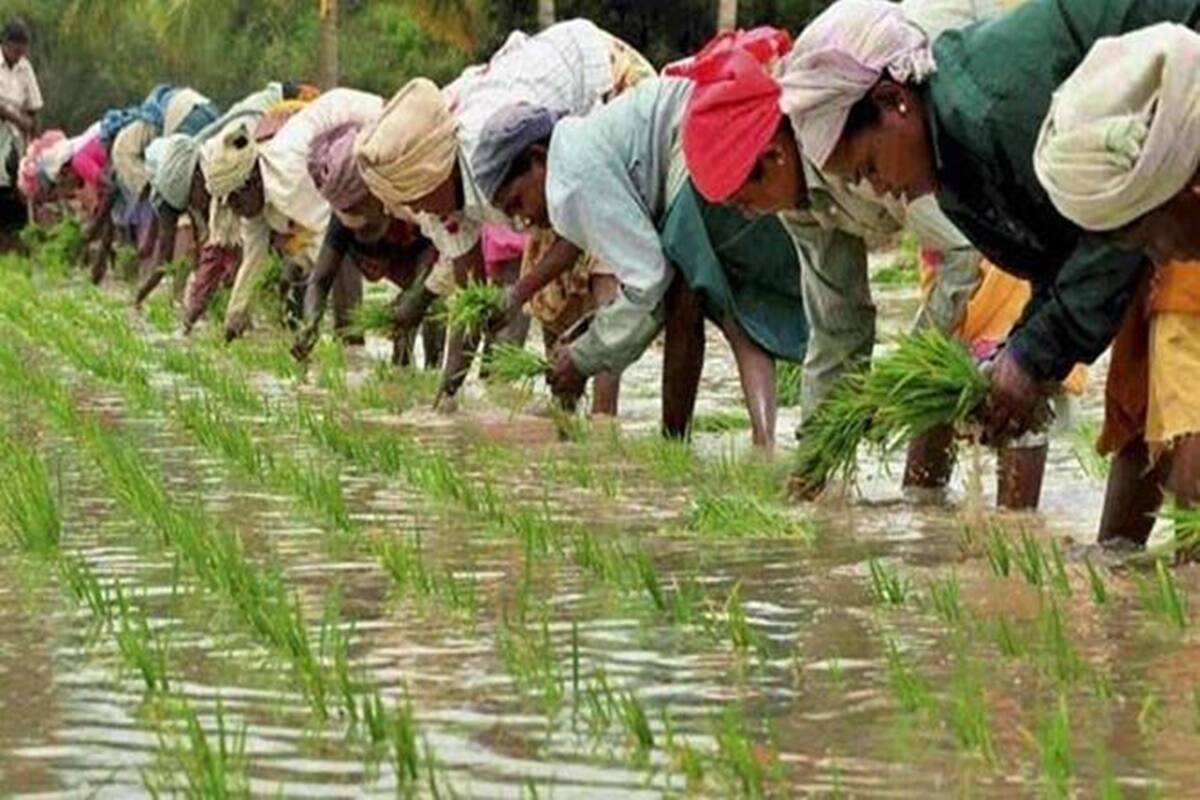 Since the share of MSPs in the economic costs of wheat and rice is 69-72%, the government has been trying to lower the incidentals to reduce the overall costs.
Since the share of MSPs in the economic costs of wheat and rice is 69-72%, the government has been trying to lower the incidentals to reduce the overall costs.
By Prabhudatta Mishra
The Food Corporation of India (FCI), the largest procurer of farm produce from the APMC mandis, has started a paying a fixed fee for commission agents (arhatiyas) in Punjab and Haryana, for rice purchases during the current kharif season, instead of an MSP-linked fee. The move could deflate the FCI’s procurement cost over the years, and thereby the Centre’s food subsidy bill.
Till the last rabi season, when the FCI started paying commission to the arhatiyas in Punjab and Haryana a fixed amount as commission for wheat, the corporation used to pay 2.5% of the notified minimum support price (MSP) to them for the two main grains.
Even though no notification has been issued on this change, it is seen as a major policy shift to have long-term impact on the economic costs of foodgrains purchased for the Central Pool stocks; the current year’s rates are nearly at par with the commission paid earlier.
The arhatiya commission for wheat was fixed at Rs 46/quintal, which turned out to be 2.4% of MSP during the rabi procurement season (April-June). The commission for paddy has now been fixed at Rs 45.38/quintal for common variety and Rs 45.88/quintal for grade A, both of which will be 2.4% of their respective MSPs.
Punjab and Haryana together contributed 40% of nearly 91 million tonne of foodgrains procured under MSP across the country in 2019-20 crop year (July-June).
“The decision will have a long term impact if the rate is not increased every year as under the earlier practice the arhatiya’s commission was increasing along with MSP,” said a former head of the FCI. Though state government fixes the arhatiya commission, the Centre can always tell a state how much it (Centre) can pay and there will be no tussle since a large quantity is procured by the FCI, he said, adding most other states have 1% arhatiya commission.
Punjab and Haryana are the only two states where the procurement continues to be wholly routed via APMC mandis. Both the states also maintain much higher level of taxes on agriculture trade, inflating the Centre’s food subsidy outgo. The food subsidy is the difference amount between selling prices of rice and wheat through ration shops and their respective economic costs. There has been no change in the selling prices since 2013 – wheat at Rs 2/kg and rice Rs 3/kg under the National Food Security Act (NFSA). On the other hand, the economic costs of rice and wheat for 2020-21 are estimated at Rs 37.27/kg and Rs 26.84/kg, respectively.
Since the share of MSPs in the economic costs of wheat and rice is 69-72%, the government has been trying to lower the incidentals to reduce the overall costs.
Punjab levies an aggregate tax of 8.5% of the minimum support price at which the FCI and other agencies buy grains. This includes market fee 3%, rural development cess 3%, arthiya commission 2.5%. Haryana had an aggregate levy of 6.5% (market fee 2%, development cess 2%, arthiya commission 2.5%) until a month ago and it has reduced now to 3.5% (market fee 1% and arthiya commission 2.5%).
Get live Stock Prices from BSE, NSE, US Market and latest NAV, portfolio of Mutual Funds, calculate your tax by Income Tax Calculator, know market’s Top Gainers, Top Losers & Best Equity Funds. Like us on Facebook and follow us on Twitter.
![]() Financial Express is now on Telegram. Click here to join our channel and stay updated with the latest Biz news and updates.
Financial Express is now on Telegram. Click here to join our channel and stay updated with the latest Biz news and updates.


